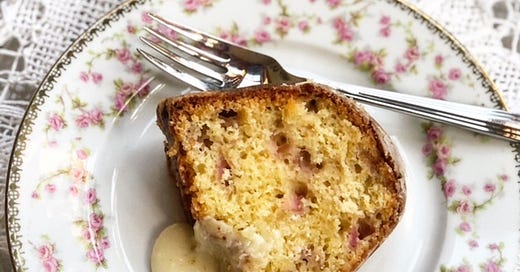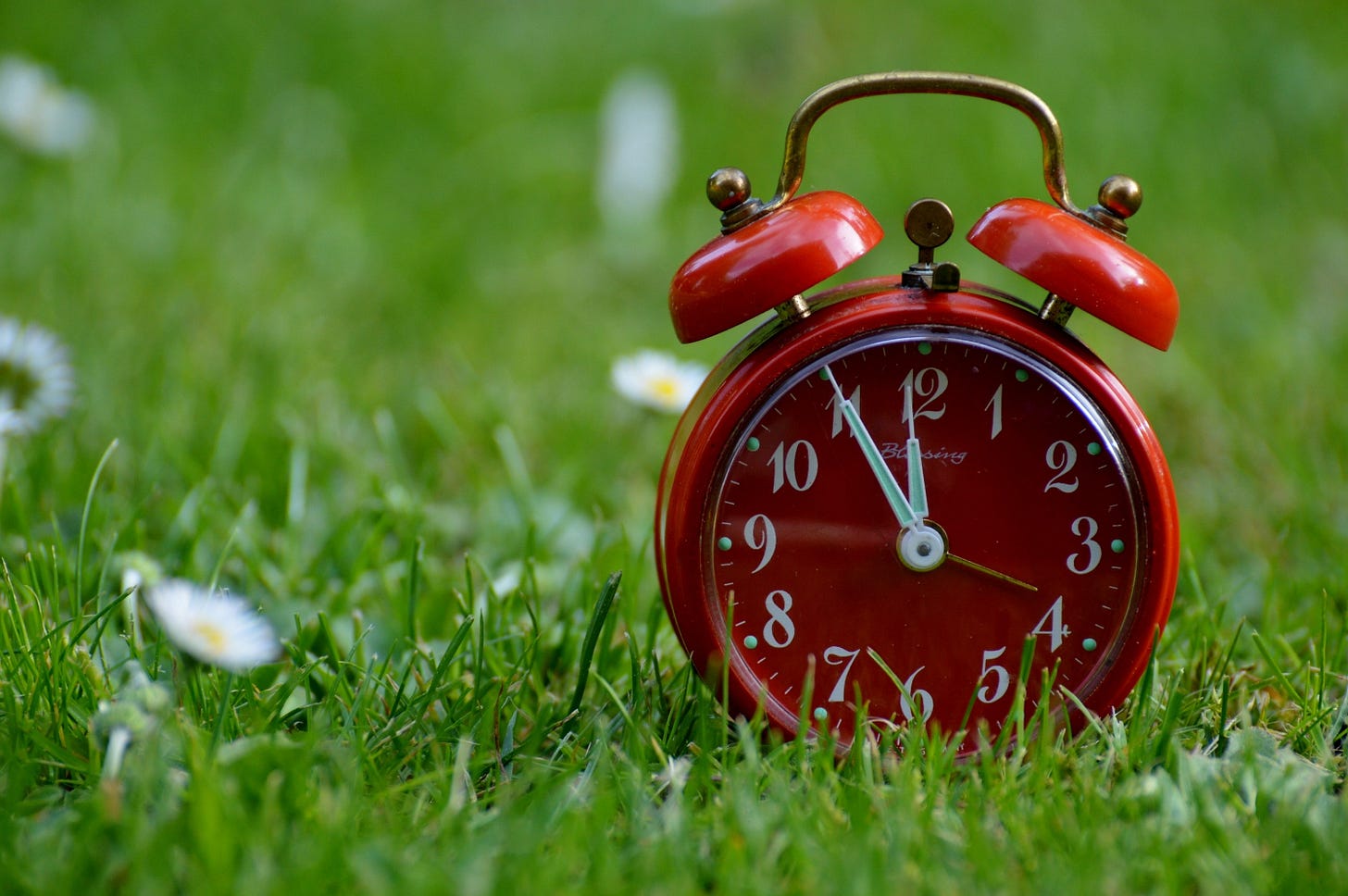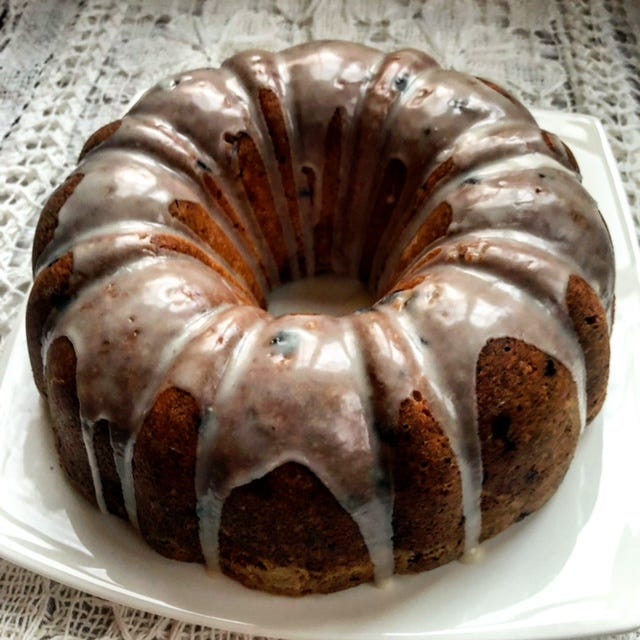I think we can all agree that time is finite.
It’s a common refrain. We don’t have enough time to (relax) (exercise) (cook) (read) (meditate) (do nothing). But is this a self-imposed misery?
Think back to the beginning of 2020. You run into a friend at the grocery store. The first question you ask, of course, is “how are you?” And the answer, invariably is “I’m so busy!” “Me too!” you reply. You both nod sympathetically, knowing what that means. It means you don’t have enough time to (relax) (exercise) (cook) (read) (meditate) (do nothing).
Yet in the past year we’ve been anything but busy. The things that filled our days suddenly went by the wayside, and mostly not by choice. That two hours - or more - at the hairdresser getting your colour done? Hello, L’Oreal Magic Root Touchup. Driving to the gym to meet your trainer? It’s become a Zoom session, from the comfort of your home. Instacart and DoorDash are your new best friends as you avoid grocery store crowds and cooking.
So what exactly have we done with this time, that most precious of gifts? Before you think the purpose of this post is to make you feel guilty about not learning German, or doing yoga every day, or starting a business, or writing a cookbook (yes these are what some of my overachieving friends have been up to in the past year), might I invite you to stop what you’re doing, just for a minute, take a deep breath and pause?
In the act of stillness, of doing nothing, something else is happening.
Laying fallow for regeneration
For centuries, farmers have used the cycles of the season to get the most from the land. Those wise farmers let their land lay fallow in a rotating cycle, to great effect.
To lay fallow is to let the ploughed land rest. By not sowing a crop for one or more planting cycles, the land has time to regenerate. It stores moisture and organic matter; it slows the growth of harmful pathogens, while allowing helpful predators to survive and control pests.
We humans need to lay fallow too.
Rest is not idleness. It is the key to a better life.
“When we treat rest as work’s equal partner, recognize it as a playground for the creative mind and a springboard for new ideas, and learn ways to take rest more effectively, we elevate it into something valuable that can help calm our days, organize our lives, give us more time, and help us achieve more while working less.”
Alex Soojung-Kim Pang, Greater Good magazine, University of California Berkeley
Look - for many of us, the past year may have seemed even busier than ever. All of us learning: kids learning from home; adults learning to separate work from home life; all of us learning to do without. And still it is undeniable that we are doing far less - less travelling, less socializing, less eating out; no concerts, sporting events, movies.
But rather than mourn what is missing, I’m trying to celebrate the gifts of time of the last year. Because, just like that farmer’s field, I know I’m regenerating,
As Soojung-Kim Pang says:
“Even in our brain’s resting state—when we are not directly focused on a task—it’s still active, engaging its “default network” to plug away at problems, examine and toss out possible answers, and look for new information. We may not be able to control these processes completely; but by learning to rest better, we can support them, let them work, and take notice when they uncover something that deserves our attention.”
I’ve tried to think about my days as a container of time, and slowly, with the wisdom of nature, I’m learning that the container need not be depleted fully to be fulfilled. By leaving a little breathing space, I’m continually getting ready for the richness of life, one pause at a time.
(To read Alex Soojung-Kim Pang’s full article, with some great advice on how to creatively regenerate, click here).
Preserved lemon yogurt Bundt cake
adapted from Claire Saffitz, with inspiration from Marianna Stepniewski
serves 10-12
It’s like when you buy a red car. Suddenly it seems that everyone has a red car. So it was with Bundt cakes. I’ve long had a Bundt cake pan in the cupboard, purchased years ago and laying fallow on the shelf. This week, it seems, everyone was inspired to make Bundt cakes and two people in particular, whose baking skills I admire, posted mouthwatering photos of their creations. When I read that Marianna’s had both preserved lemons and rhubarb, I was sold. The cake below is from a recipe that Marianna used from Claire Saffitz, and I’ve incorporated some of the changes that Marianna made.
It also seemed fitting, as the wait time for preserved lemons ties into this week’s theme. You can read my thoughts on anticipation and get my recipe for preserved lemons here.
Ingredients
3 whole small preserved lemons (about 6 ounces/170 grams)
3/4 cup plain whole-milk Greek yogurt (6.5 ounces/180 grams), at room temperature
2 tablespoons fresh lemon juice (1 ounce/28 grams)
2 teaspoons vanilla extract
Finely grated zest of 1 lemon
3 1/3 cups cake flour (14 ounces/400 grams)
1 tablespoon baking powder
1/4 teaspoon baking soda
2 sticks unsalted butter (8 ounces/227 grams), at room temperature
1/3 cup olive oil (2.5 ounces/75 grams)
2 cups sugar (14 ounces/400 grams)
5 large eggs, at room temperature
2 cups chopped rhubarb (8 ounces/220 grams)
For the glaze
1 1/2 cups icing sugar
3 tablespoons lemon juice
1 tablespoon olive oil
Zest of one lemon
10-12 cup capacity Bundt pan
Methodology
1. Heat the oven to 350°F. Prepare the Bundt pan: put a generous amount of vegetable shortening on a folded paper towel and grease the pan, making sure to get into every nook and cranny. Sift a generous spoonful of flour it into the pan using a fine-mesh sieve. Pick up the pan and gently tap and rotate it to create a thin, even coating of flour across the pan’s interior. Shake out any excess flour.
2. Pull out and discard the pulpy innards and seeds from the preserved lemons, leaving only the rind. Rinse and coarsely chop the halves, then weigh and measure the amount. You should have about 3 ounces/85 grams or a scant 1/2 cup.
3. In a blender, combine the chopped preserved lemons, yogurt, lemon juice, vanilla, and grated zest and blend on low speed to break up the lemon rind, gradually increasing speed to high until the mixture is smooth. Set the mixture aside.
4. In a medium bowl, whisk together the flour, baking powder, and baking soda. Set aside.
5. In a stand mixer fitted with the paddle attachment, combine the butter, oil, and sugar and beat on low until smooth. Increase the speed to medium-high and continue to beat, scraping down the sides occasionally, until the mixture is very light and fluffy, about 5 minutes.
6. Reduce the mixer speed to medium and add the eggs one at a time, beating well after each addition. Beat on medium-high until the mixture is very light and thick, about 1 minute.
7. With the mixer on low speed, add about one-third of the flour mixture and mix until the flour has almost disappeared. Add half of the yogurt mixture, mixing just until incorporated, then add the remaining flour in 2 additions, alternating with the remaining yogurt mixture. When the last traces of flour disappear, stop the mixer and remove the bowl. Add the chopped rhubarb. Scrape down the sides of the bowl and fold the batter several times to make sure it’s evenly mixed and the rhubarb is incorporated.
8. Carefully pour the batter into the prepared Bundt pan and smooth the top. Bake until the cake springs back when pressed, the surface is golden brown, and a cake tester or toothpick inserted into the centers comes out clean, 45 minutes to one hour.
9. Remove the cake from the oven and invert the pan onto a cooling rack. Let cool for 10 minutes and then remove the Bundt pan carefully.
Make the glaze
Combine the icing sugar, lemon juice, olive oil and zest into a medium bowl. Whisk until the mixture is combined and completely smooth. The glaze should be thin enough to pour – the consistency of maple syrup. If desired, add more juice to thin the glaze, more sugar to thicken it.
Leaving the cake on the rack, with a tray underneath, slowly pour the glaze evenly around the cake’s circumference. The glaze will drip down the sides of the cake. When the glaze is set, transfer the cake to a serving platter, slice and serve.









I love Claire! Can’t wait to try this!